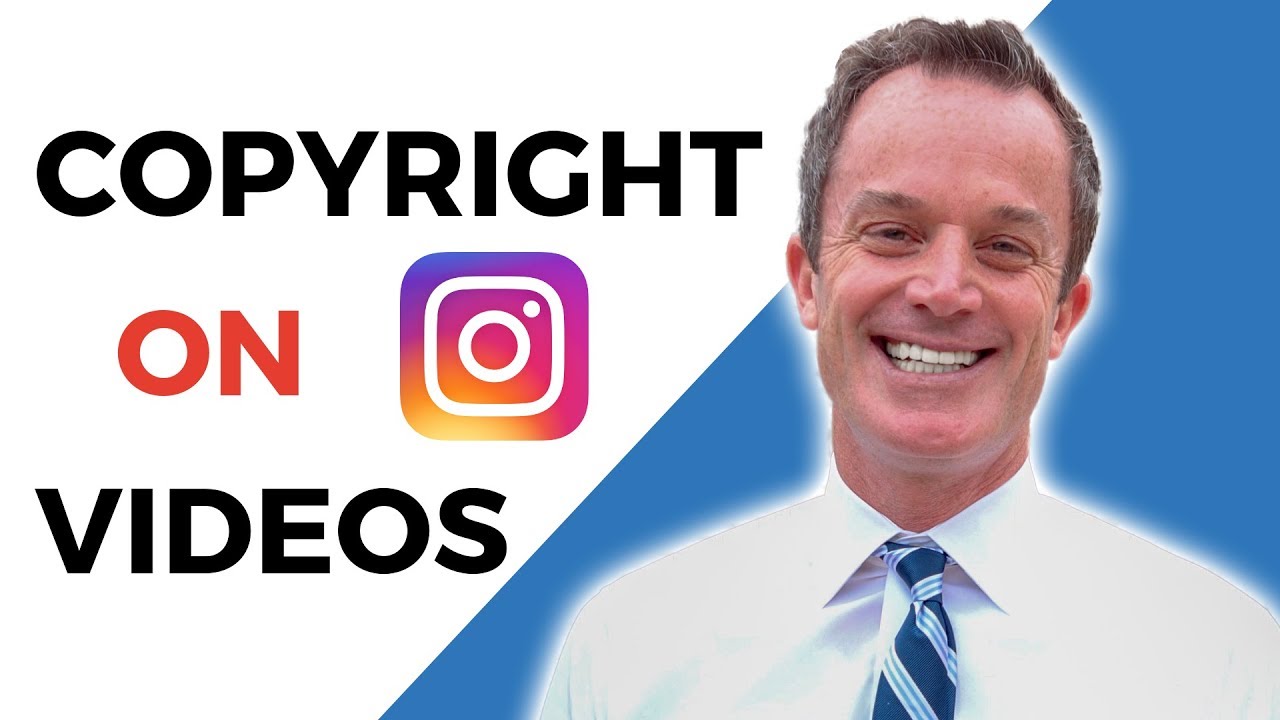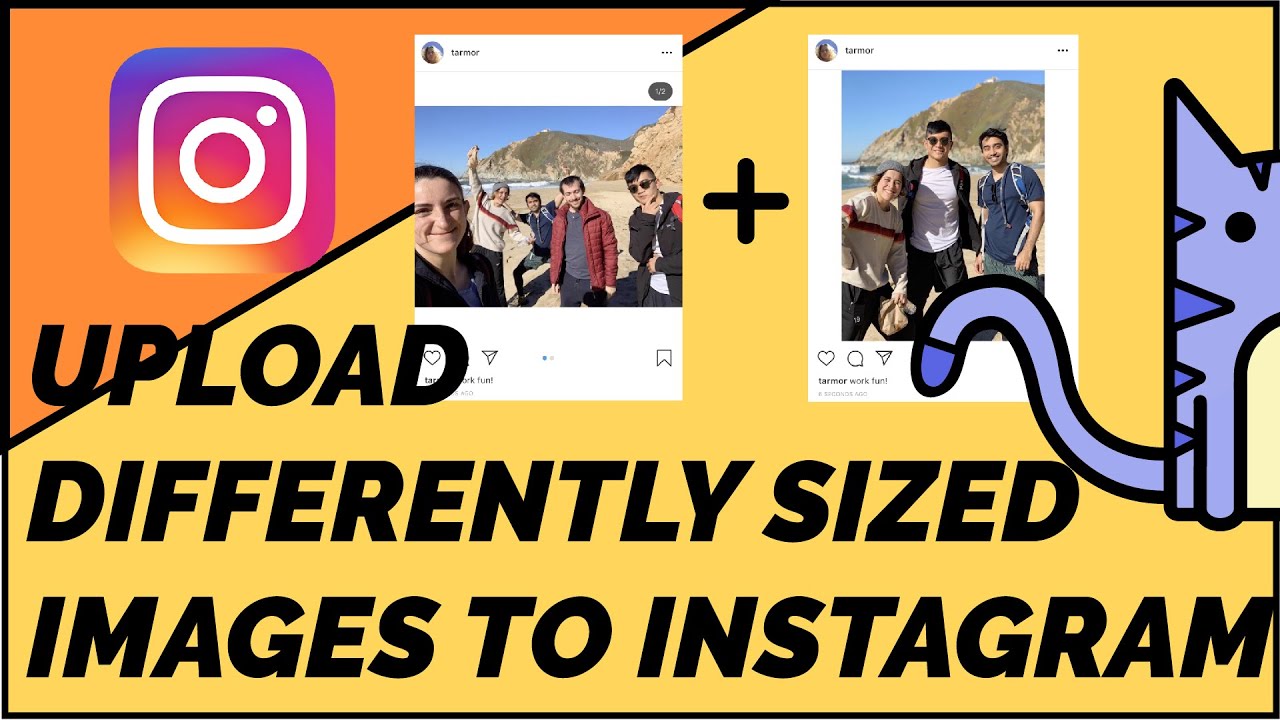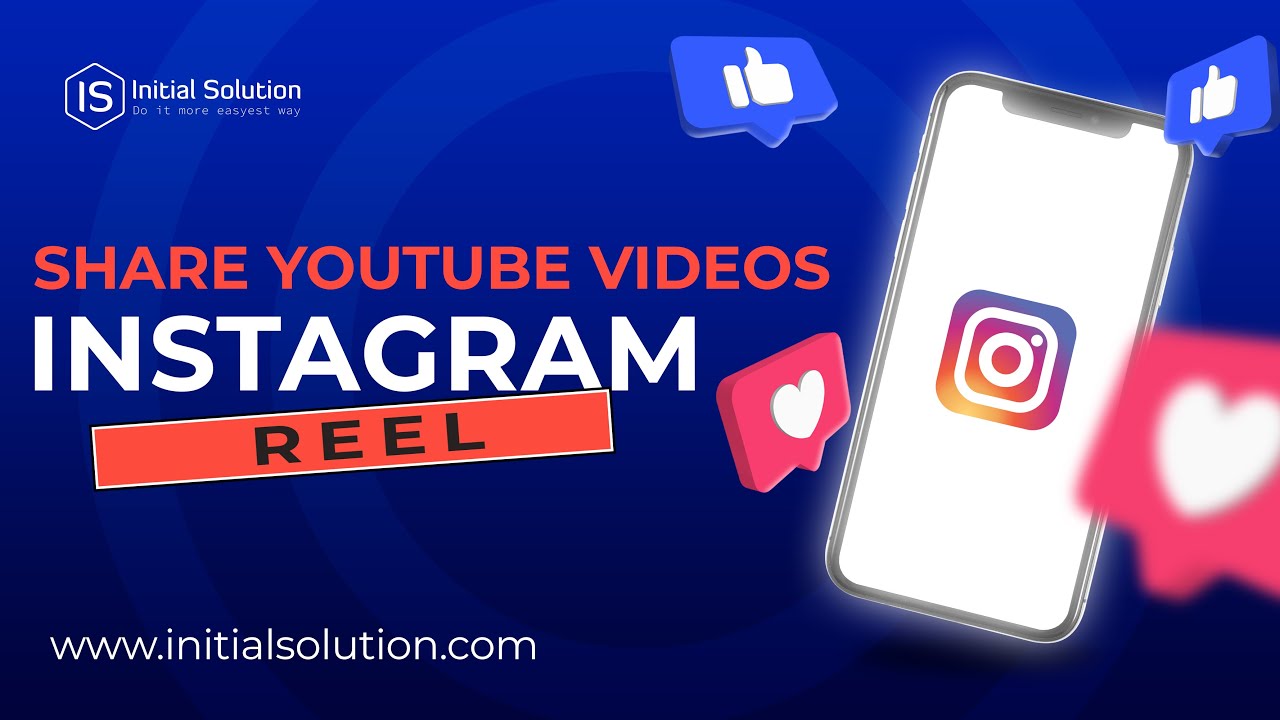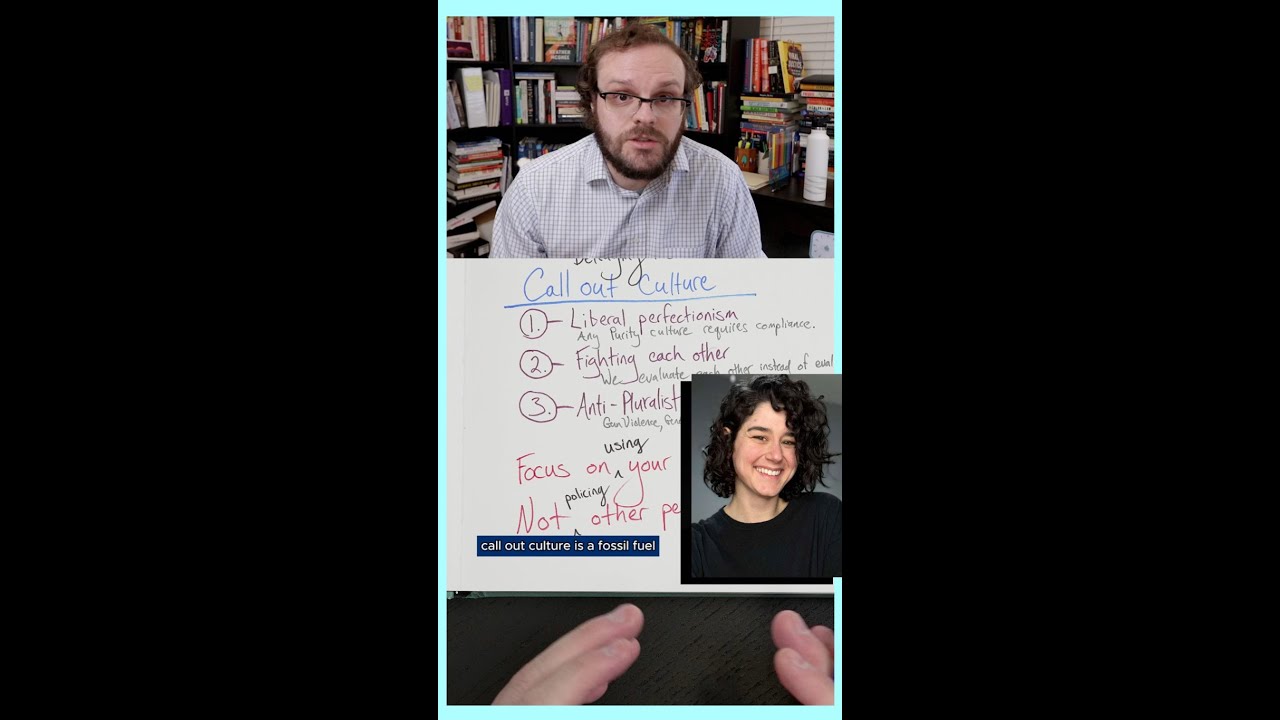How to avoid copyright issues on instagram: tips for safe content sharing

Understanding Copyright on Instagram
Before diving into ways to prevent copyright problems on Instagram, it’s essential to understand what copyright is. Copyright is a form of legal protection given to the creators of original works, which includes a wide range of creative expressions such as images, videos, texts, music, and even posts made on social media.
On platforms like Instagram, users often share content created by others without realizing that this could potentially lead to copyright violations. This creates a need for awareness regarding the types of content that are protected under copyright laws.
Why Copyright Matters for Instagram Users
Copyright matters significantly for Instagram users who wish to protect their originality and creativity. Engaging in copyright infringement can lead to various consequences, such as:
- Removal of your posts or entire accounts
- Legal penalties and lawsuits
- Loss of personal brand reputation
- Monetary fines and compensation claims
Understanding these consequences emphasizes the importance of adhering to copyright laws and avoiding copyright issues on Instagram at all costs. It can help you navigate the platform successfully while promoting content that complies with legal requirements.
How to Avoid Copyright Issues on Instagram: Tips for Safe Content Sharing
Successfully navigating copyright regulations on Instagram requires a proactive approach. Here are useful tips for avoiding copyright problems:
1. Create Original Content
The best way to avoid copyright issues is to create your own content. When you develop original images, videos, and captions, you also hold the copyright to them. Here are some creative avenues you can explore to produce unique content:
- Photography sessions: Invest in a good camera or smartphone.
- Doodle or graphic design apps: Utilize platforms like Adobe Illustrator or Canva to express your artistic side.
- Written posts: Share your thoughts, stories, or experiences without quoting extensively from others.
2. Use Public Domain and Creative Commons Resources
If creating original content isn’t feasible, you can leverage public domain and Creative Commons resources. These types of content allow for sharing and modification under specific conditions. Familiarize yourself with platforms that offer such resources:
- Unsplash – Prime source for high-quality images that are free to use.
- Pexels – A rich library of free stock photos and videos.
- Flickr – Search specifically for Creative Commons licensed images only.
Always verify the licensing terms before using any resource and ensure that you adhere to any attribution requirements that may exist.
3. Seek Permission from Owners
When considering using someone else’s content, the safest route is always to seek permission from the original creator. Here’s how you can go about it:
- Message the creator directly on Instagram for permission to use their content.
- Provide details on how you plan to use their works.
- Offer proper attribution—always credit the original creator.
Obtaining explicit permission not only legally protects you but also fosters a community of respect amongst creators.
The Role of Fair Use in Content Sharing
Fair use is a legal doctrine allowing limited use of copyrighted material without needing permission from the rights holders. However, it has specific limitations and isn’t a catch-all solution. To determine if your use falls under fair use, consider the following factors:
- Purpose and character of the use, such as whether it is for commercial or educational purposes
- The nature of the copyrighted work, focusing on whether it is factual or creative
- The amount and substantiality of the portion used in relation to the whole work
- The effect of the use upon the potential market for or value of the copyrighted work
To navigate copyright issues effectively on Instagram, it is recommended to stay in the direct lane of original creations or completely licensed materials, as fair use interpretations can often lead to disputes.
Strategies for Proper Content Attribution
When sharing content that is either shared with permission or falls under Creative Commons licenses, ensure that you practice proper attribution. Here’s how to provide appropriate credits:
- Always give credit to the creator prominently in your post, tagging them if possible.
- Include a link to the original material if it’s feasible, particularly for online articles or resources.
- Mention the title of the work, the owner’s name, the license type, and link to the license (if applicable).
By accurately attributing, you not only respect copyright but may also encourage collaboration with other creators!
Understand Instagram’s Copyright Policy
Lastly, familiarizing yourself with Instagram’s copyright policy is critical. The platform has specific guidelines about sharing and reposting content, which aims to protect both users and creators. Some key points to consider include:
- Instagram operates under the U.S. Copyright Law and obliges users to respect copyrights.
- Reports of copyright infringement can lead to content removal and account penalties.
- Instagram’s policies can change, so it’s advisable to check their Support Center regularly for updates.
By diligently adhering to Instagram’s copyright guidelines, you can share content without inadvertently infringing on someone else’s rights.
As an Instagram user, being creative and mindful of copyright laws doesn’t have to be burdensome. By implementing the above strategies, you can enjoy using the platform while avoiding potential legal issues. Embrace the opportunity to create your original content and appreciate the creative rights of your peers. The digital landscape thrives on sharing and collaboration, but it’s crucial to do so ethically and responsibly.
In summary, staying informed and cautious about copyright not only enhances your social media presence but ensures a respectful and supportive creative community.






